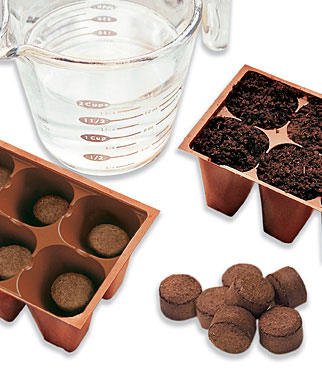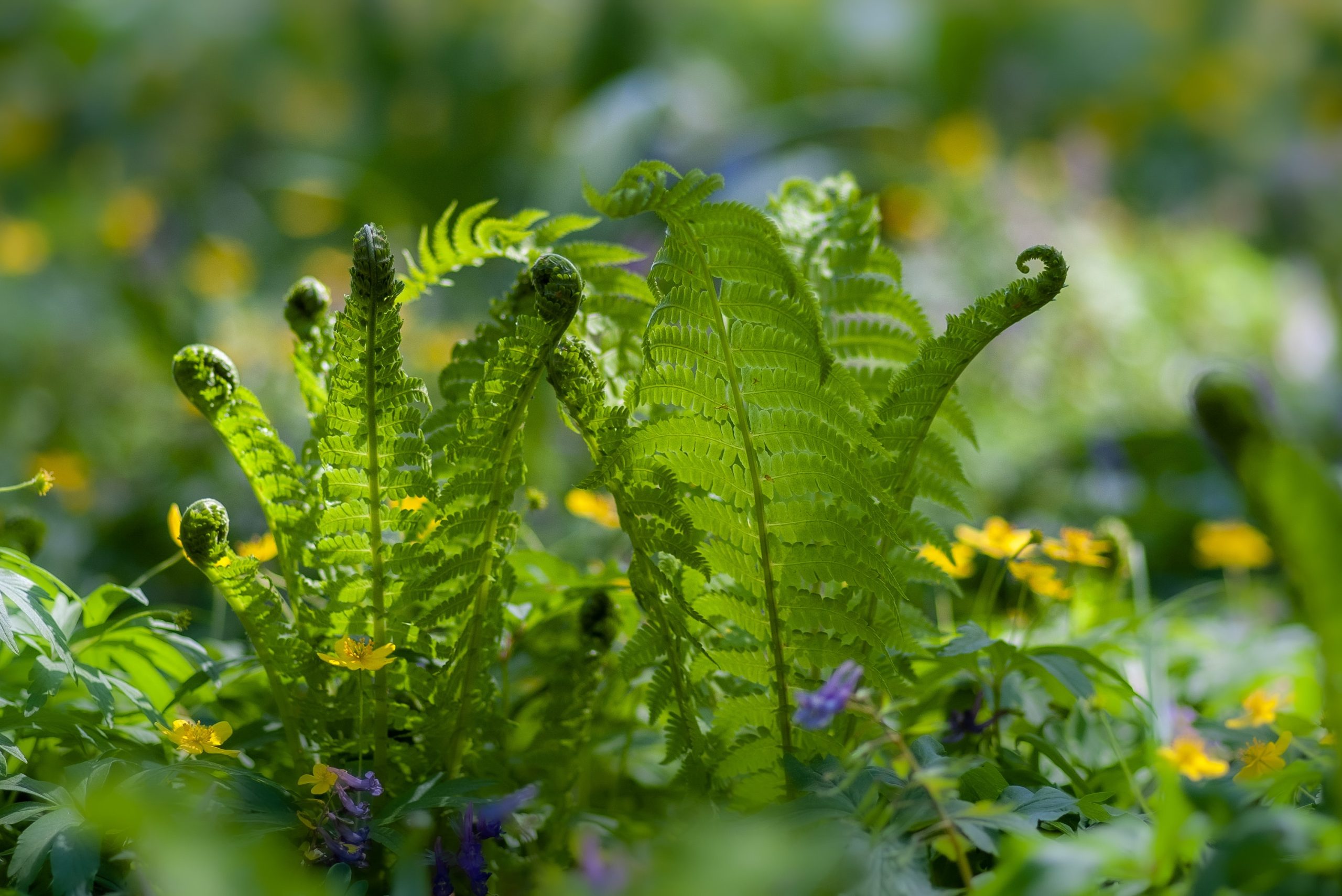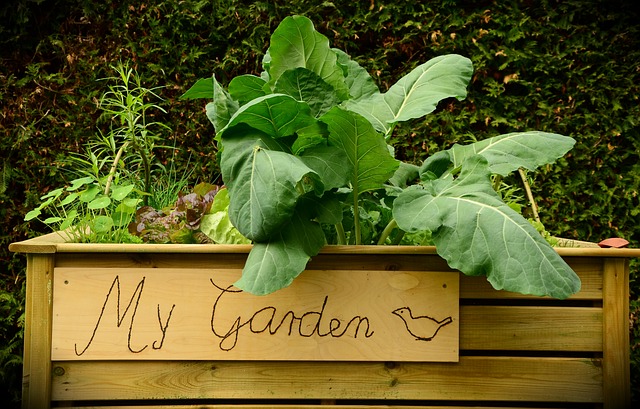Rainwater: An Untapped Resource

Almost 50 inches of rain fall in the United States annually. That adds up to around 3 trillion gallons of water falling over our heads every year. Assuming the average person uses around 100 gallons a day, 50 inches of rainfall a year can provide enough water for almost 30 million people. Unfortunately, only a small fraction of rainwater is harvested and put to good use.
Water Harvesting is the collection and storage of rainwater and storm water runoff in order to provide water for livestock, irrigation, drinking, recharging of groundwater, and other purposes. This collection of rainwater/storm water also has the added benefit of reducing erosion and flooding that may result from heavy rains.
There are two general categories of water harvesting: rainwater harvesting and storm water harvesting. Rainwater harvesting, as the name implies, involves catching rainwater where it falls – usually on rooftops and other small catchments.
For homeowners looking to build a reliable rainwater collection system, it is important that the areas where the rainwater falls (mostly the roof and gutters) are kept clean and free of debris. Inspect both the roof and the gutters to ensure the safety and quality of the collected rainwater. If not, the process could become inefficient and could lead to problems with water damage.
Furthermore, ensure that the roof is in good condition and is built up of materials that are suitable for rainwater collection. Also, see if the roof is designed in such a manner as to direct the rainwater effectively to the designated collection points. If any roof modifications are necessary, you can contact a professional from a roofing company huntington wv (if you are from this location), or similar firms. Experts from these agencies can assist you in inspecting the roof, identifying the issues, and recommending repairs as required. Additionally, you can also ask the roofing contractor to inspect the home gutter system to prevent any water from pooling. Keep in mind that the very foundation of your house can be at risk if the rainwater is not effectively redirected. So, ensure the gutters and roofs are well inspected and modified for effective rainwater harvesting.Should you identify the need for gutter repairs, you can also seek expert assistance from https://ocraingutters.com/services/gutter-repair/ or similar other service providers. This way, you can safeguard your home while harvesting rainwater.
Storm water harvesting is another effective method of collecting water. It captures from ground catchments, storm drains, and even streams, rivers, or other bodies of water – this makes storm water harvesting suitable for collecting large amounts of water from wide areas.
Harvested water can be used for different purposes, including replenishment of groundwater, irrigation of plants and crops, cleaning purposes such as washing clothes and flushing toilets, and even drinking water. This means that the harvested water usually goes through filtering and treatment before being put back to re-use.
Initial pre-treatment usually involves a mesh or some other filter to block large objects in the water such as twigs, leaves, insects, and others. From here, the water goes through finer filters such as a sand and gravel filter to clean it further. At this point, the water is suitable for an aquifer or deep well, recharging the groundwater. This water can also be used for many household purposes, such as: for watering plants/crops, for use as supply of water for toilets, and outdoor wash-bays. With further sanitization and sterilization, the water can also be re-used for: personal bathing and for washing dishes.
Though this water may already be potable, it usually goes through further treatment to ensure that there are no impurities and contaminants in the water. Adding chlorine, exposing the water to UV light, and passing it through very fine filters are just some measures taken to sterilize harvested water.
Author: Jim Davis
Article Source: Organic Gardening Articles






